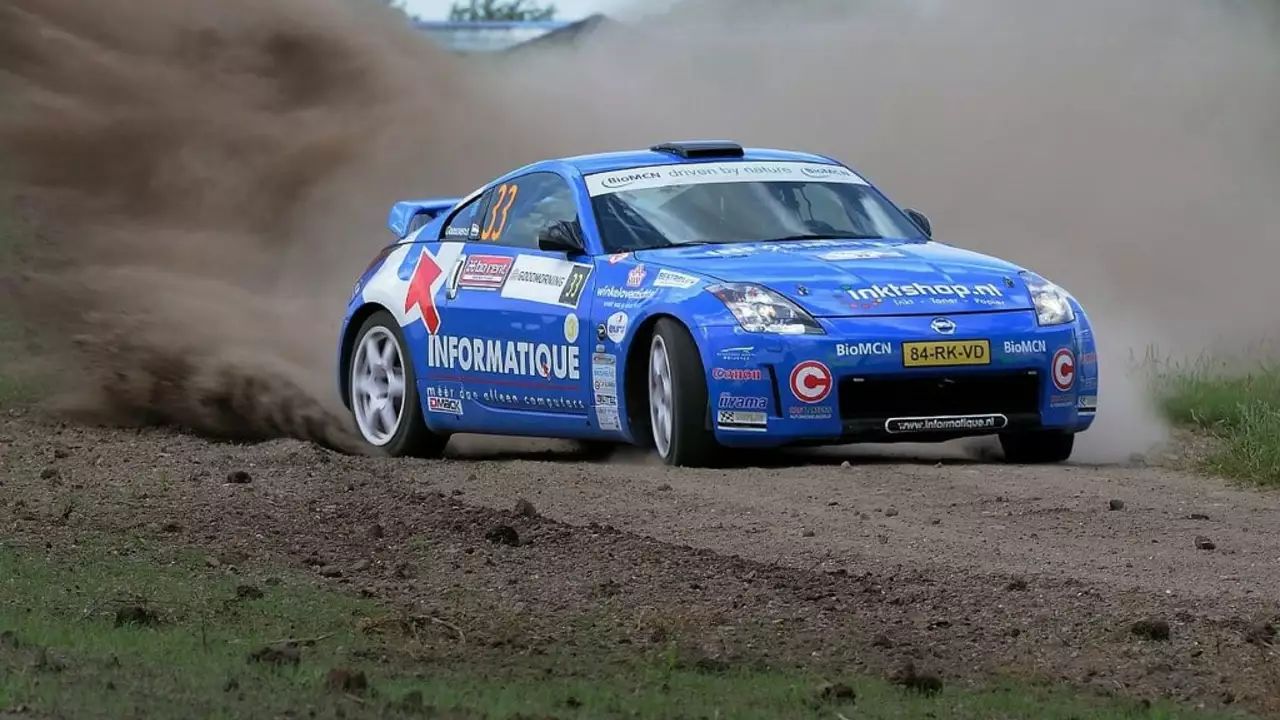Car Performance: Practical Ways to Make Your Rally Car Faster
If you love rallying, you know every second counts. Getting more out of your car isn’t about pricey upgrades alone – it’s about understanding the basics and tweaking them smartly. Below are everyday tweaks that give you real speed gains without turning your garage into a workshop.
Boosting Engine Power Without Breaking the Bank
Start with the heart of the car: the engine. A simple ECU flash can add a few extra horsepower and improve throttle response. Pair that with a high‑flow air filter – it lets more air in, letting the engine breathe easier. Don’t forget a fresh spark plug; a clean spark can improve combustion efficiency by up to 5%.
If you have room for a small upgrade, a lightweight exhaust system reduces back‑pressure and adds a throaty sound you’ll love on gravel stages. Even a short‑run pipe can give you an extra 3–5 HP. Keep the fuel quality high – premium fuel burns cleaner and helps the engine run at its best.
Improving Handling and Control
Power is useless if the car slides out of control. Start with the suspension: lower the ride height a little to lower the centre of gravity. Adjustable dampers let you dial in stiffness for different surfaces – softer for loose gravel, firmer for tight tarmac sections.
Tyres are your only contact with the road, so choose the right compound. Slicks on dry tarmac give grip, but a mixed‑tread tyre works better when conditions change mid‑stage. Check tyre pressure before each run; a few kilopascals off can change the car’s balance dramatically.
Weight reduction is another cheap win. Remove any unnecessary interior panels, swap heavy steel parts for aluminium, and consider a carbon‑fiber hood if your budget allows. Every kilogram saved is a fraction of a second gained around corners.
Don’t overlook the hand‑brake (the long sticks in rally cars). A well‑adjusted hand‑brake lets you lock the rear wheels for tight hairpins and helps initiate drifts. Practice pulling it smoothly – abrupt pulls can spin you out.
Gear shifting matters too. Most rally drivers use a sequential gearbox because it lets you shift up or down with a single push or pull, no missed gears. If you’re still on a H‑pattern, consider a conversion kit; it’ll shave off shift time and let you keep the engine in its power band.
Finally, get familiar with the car’s balance. A quick shake test in a parking lot can tell you if you’re nose‑heavy or tail‑heavy. Adjust spring rates or add ballast to fine‑tune the feel. The more predictable the car, the more confidently you can push it.
These tweaks aren’t exhaustive, but they give you a solid foundation. Start with the cheap, easy changes, then move to bigger upgrades as your budget allows. Remember, a faster car is a combination of power, handling, and driver confidence – work on all three and you’ll see the stage times drop.
Is FWD good for a rally?
After doing some research, it seems that front wheel drive (FWD) can indeed be good for rally racing. Despite some people's reservations, FWD vehicles can handle the twists and turns of a rally course quite well. In certain conditions like ice or snow, they can even outperform their rear wheel drive counterparts. However, it's important to note that driving style and skill are also key factors in rally racing. So, while FWD can be effective, it ultimately comes down to the driver's ability to navigate the course.
Read More

